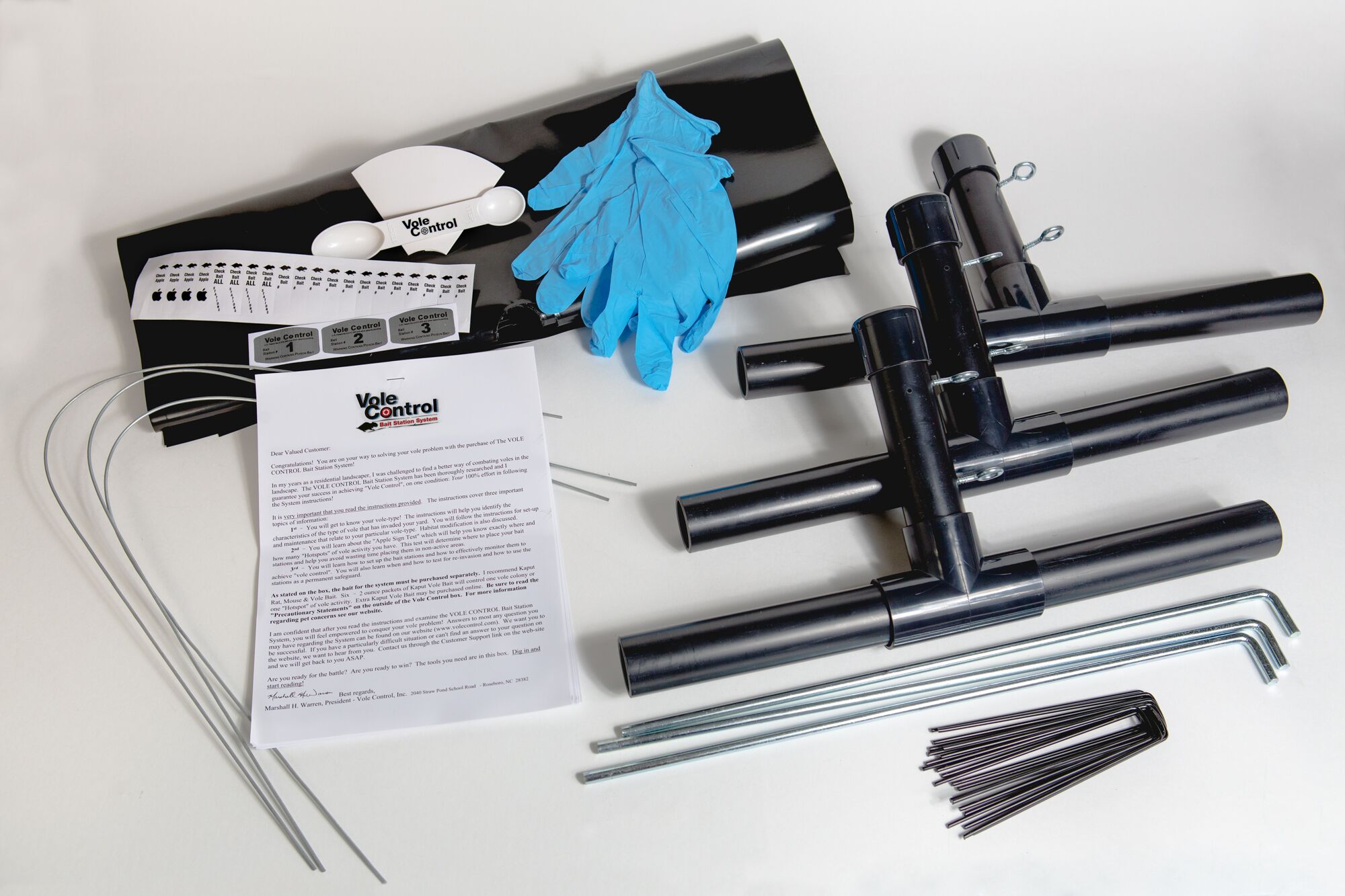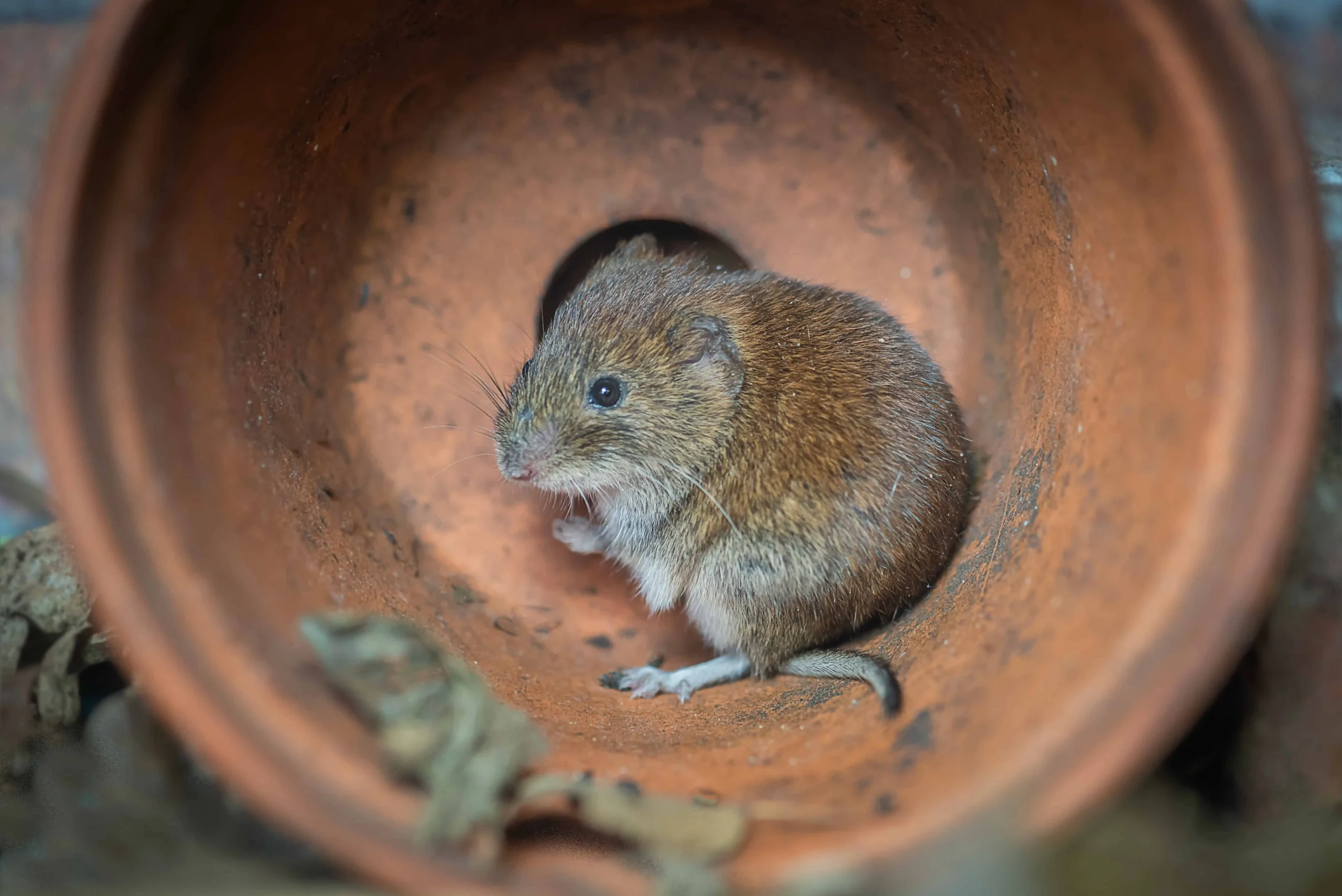Professional Methods for Vole Control and Prevention
Comprehensive Overview to Reliable Vole Bug Control: Infestation Recognition and Treatment Methods
In the realm of effective bug control, vole invasions pose an unique obstacle that requires a tactical approach. By exploring the nuances of vole habits, recognizing key indicators of invasion, and evaluating a range of control options, one can develop a comprehensive strategy to deal with these elusive insects.
Recognizing Vole Habits
Vole actions is characterized by their burrowing practices and fast recreation rates, making them a difficult parasite to control properly. Their rapid reproductive rate more makes complex control initiatives, with women capable of creating multiple litters in a single year, each including several children.
Comprehending vole habits is vital for effective parasite control techniques. By determining their burrow places, monitoring feeding locations, and carrying out targeted control approaches, such as capturing or environment alteration, vole infestations can be taken care of efficiently.
Indications of Vole Infestation

Avoidance Approaches
Executing effective avoidance approaches is critical in decreasing vole invasions and safeguarding plant life from their damaging feeding behaviors (vole pest control). To stop vole invasions, it is necessary to begin by getting rid of possible food sources and shelter. Maintain turf and greenery cut short, remove weeds and particles, and keep a clean yard or lawn to make the area much less appealing to voles. Mounting barriers such as equipment fabric or below ground fencing can also aid prevent voles from getting in certain locations. Furthermore, reducing excess moisture by dealing with dripping pipelines and making certain correct water drainage can make the atmosphere much less hospitable for voles.
Routinely checking the residential property for signs of vole activity, such as runways and tunnel openings, is vital for very early discovery and punctual activity. If vole task is believed, take into consideration using catches or repellents purposefully positioned near their pathways.
Non-Lethal Control Approaches
To efficiently take care of vole populations while prioritizing gentle approaches, non-lethal control techniques use functional remedies for reducing vole damages in yards and landscapes. These barriers can be hidden at the very least 12 inches link curved and deep at a 90-degree angle to stop voles from tunneling below.

Lethal Control Options
One reliable method for resolving vole problems in gardens and landscapes entails the calculated usage of dangerous control choices. When faced with an extreme vole problem that non-lethal approaches have actually fallen short to consist of, executing lethal control procedures becomes crucial. Generally, when employing dangerous control choices, it is essential to do so use this link sensibly and in accordance with neighborhood guidelines to efficiently take care of vole invasions.
Conclusion
Finally, reliable vole parasite control needs an extensive understanding of vole habits, recognition of indications of invasion, implementation of prevention strategies, and use of both non-lethal and lethal control recommended you read techniques. By integrating these methods, people can properly handle vole populations and safeguard their property from damage. It is important to deal with vole invasions without delay to avoid further problems and lessen the influence on the surrounding environment.
Provided the detailed tunnel systems and quick recreation prices characteristic of voles, identifying the signs of vole infestation becomes essential in efficient parasite control. One of the key indications of vole visibility is the presence of surface paths or tracks in yard or snow, normally about 1-2 inches broad, developed as voles take a trip in between their burrows and food resources.To effectively manage vole populations while prioritizing gentle techniques, non-lethal control techniques use practical services for lowering vole damages in landscapes and yards.One effective approach for attending to vole invasions in gardens and landscapes includes the tactical use of lethal control alternatives. vole lawn damage.In conclusion, reliable vole bug control calls for a detailed understanding of vole habits, identification of indications of invasion, execution of prevention techniques, and usage of both non-lethal and lethal control approaches